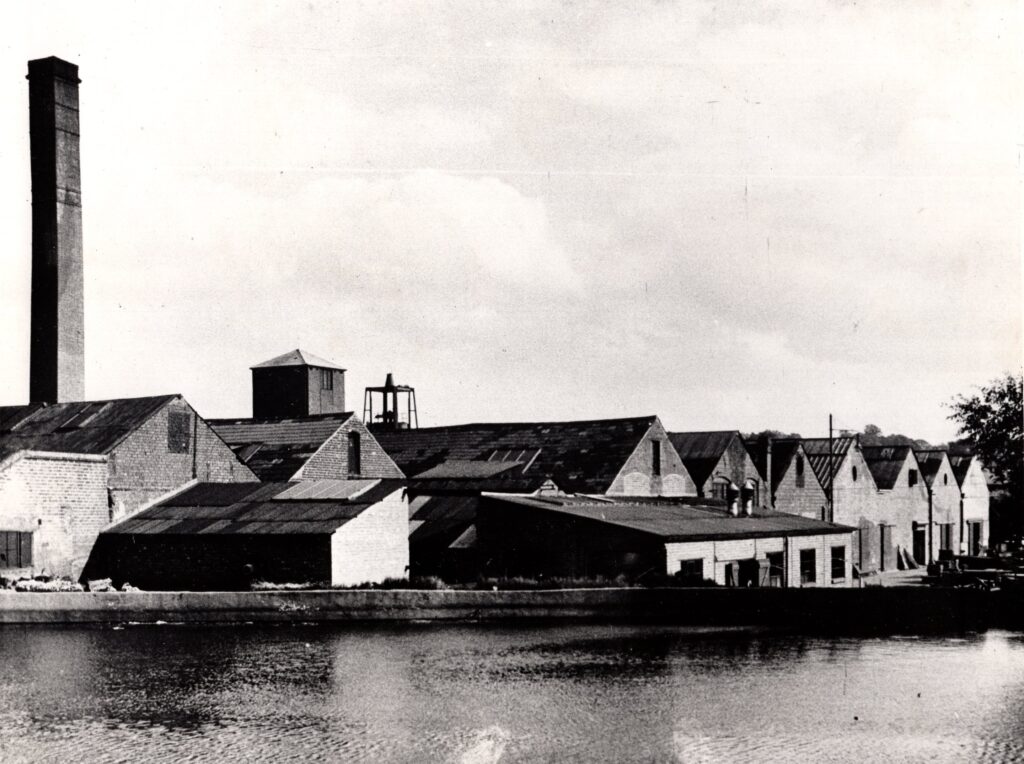
Hazelwell Mill was situated along the River Rea, near Hazelwell Park today. The photograph above is from Stirchley Library’s collection, and although undated was probably taken in about the 1930s. At this point, the mill buildings had expanded. The pool at the front is the millpool (like at the surviving Sarehole Mill), which was used to build up the flow of water and would then be let onto the waterwheel(s) when needed.
The area of Hazelwell was, from at least the 1300s but probably well before, owned by the Hazelwell family. Their name was probably taken from the area rather than the area being named after the family, because the Hazel Well, a natural spring, was probably very ancient. The Hazel Well can still be seen on maps in the early 1880s (below). Natural springs and wells were often linked with trees, such as the hazel or hawthorn, which were thought to have healing qualities, or to improve fertility. The position of the Hazel Well was at the north-west corner of, what is now, Hazelwell Allotments. An overgrown trench circles the allotments, and a damp trench at that, so the well may still rise and trickle into the River Rea nearby, but nothing definite signifies that the well still survives here.
By the 1500s the land had passed to the Middlemore’s (or Myddelmor’s), who were wealthy local landowners.[1] The mill was first noted in 1704 and was likely originally a corn mill, grinding locally grown wheat to make bread. By 1800 it was being run by William Penn, a gun barrel borer.[2] Barrel boring used the water-powered mill wheels and grind stones to grind down iron gun barrels before being assembled, and many of the rivers and brooks around Birmingham converted to these industrial uses from the 1600s onwards.
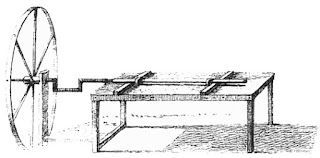
The mill and millpond were situated where the industrial estate of Hazelwell Road is today, which includes the Birmingham Brewing Company, Rochford Engineering, and others. All is demolished, yet a remnant of Hazelwell Mill is found in the undergrowth near to where it once stood. This is a millstone found, apparently among others which were taken away, when the bridge nearby was rebuilt. Its mossy blanket helps it blend with the river bank which it now calls home.
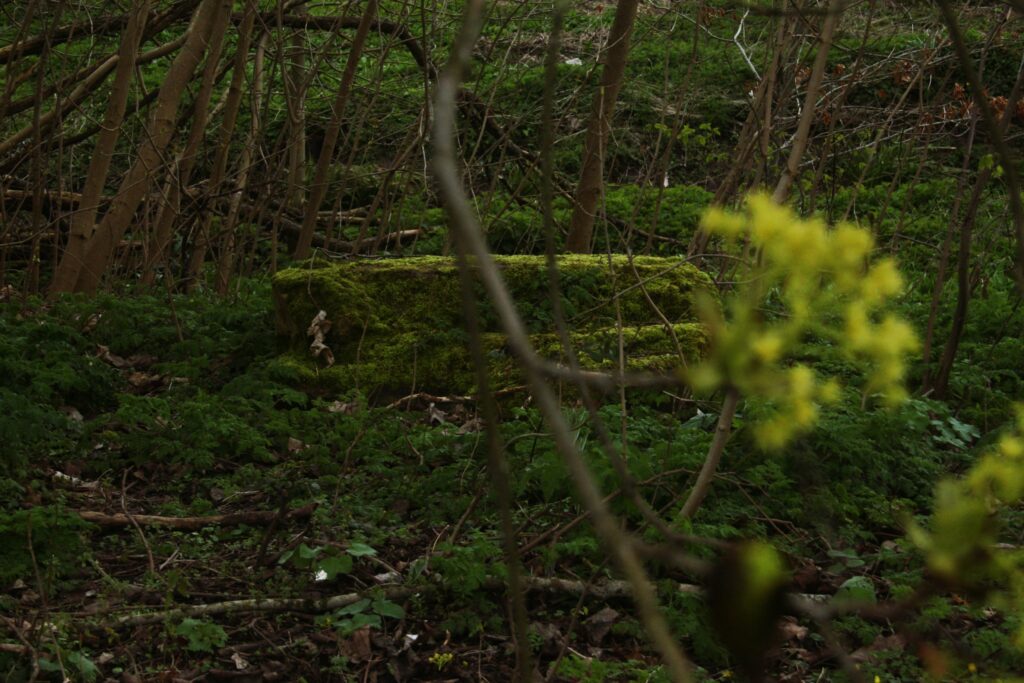
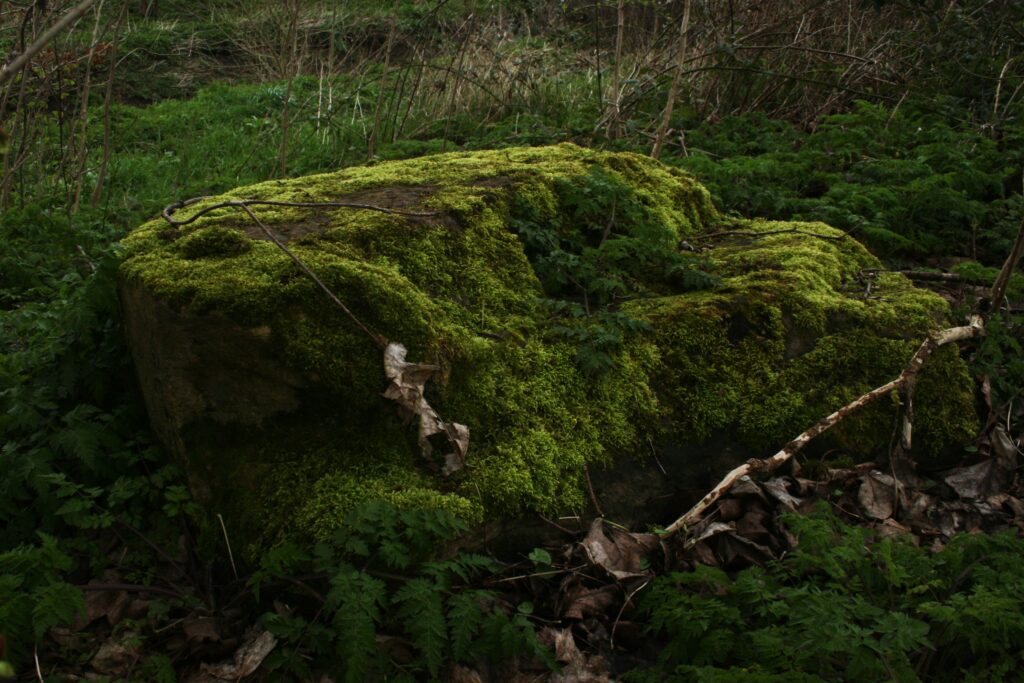
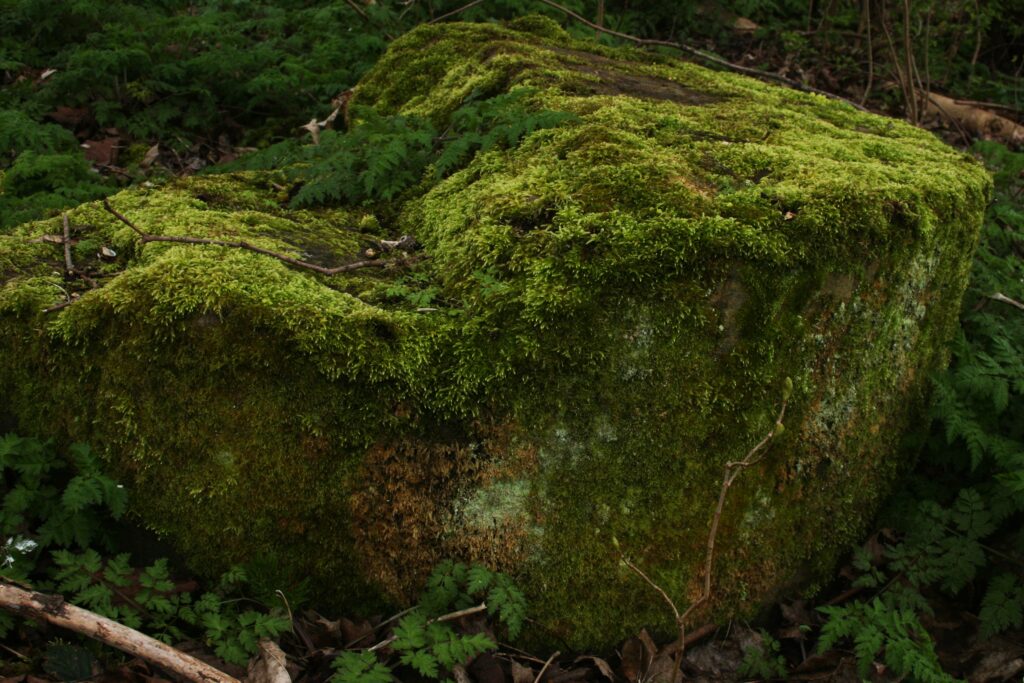
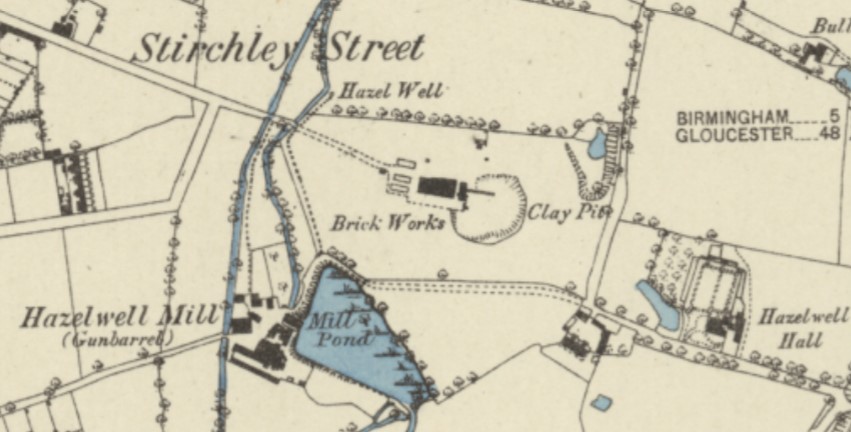
Notes
[1] Indenture, 14 December 1524, Birmingham Archive, MS 3810/25/1.
[2] Lease, 3 July 1800, Birmingham Archive, MS 917/11/14/19/4.
~ With thanks to Natalie (I hope I remembered your name right!) who kindly showed a stranger to the information board which helped us stumble upon the millstone.